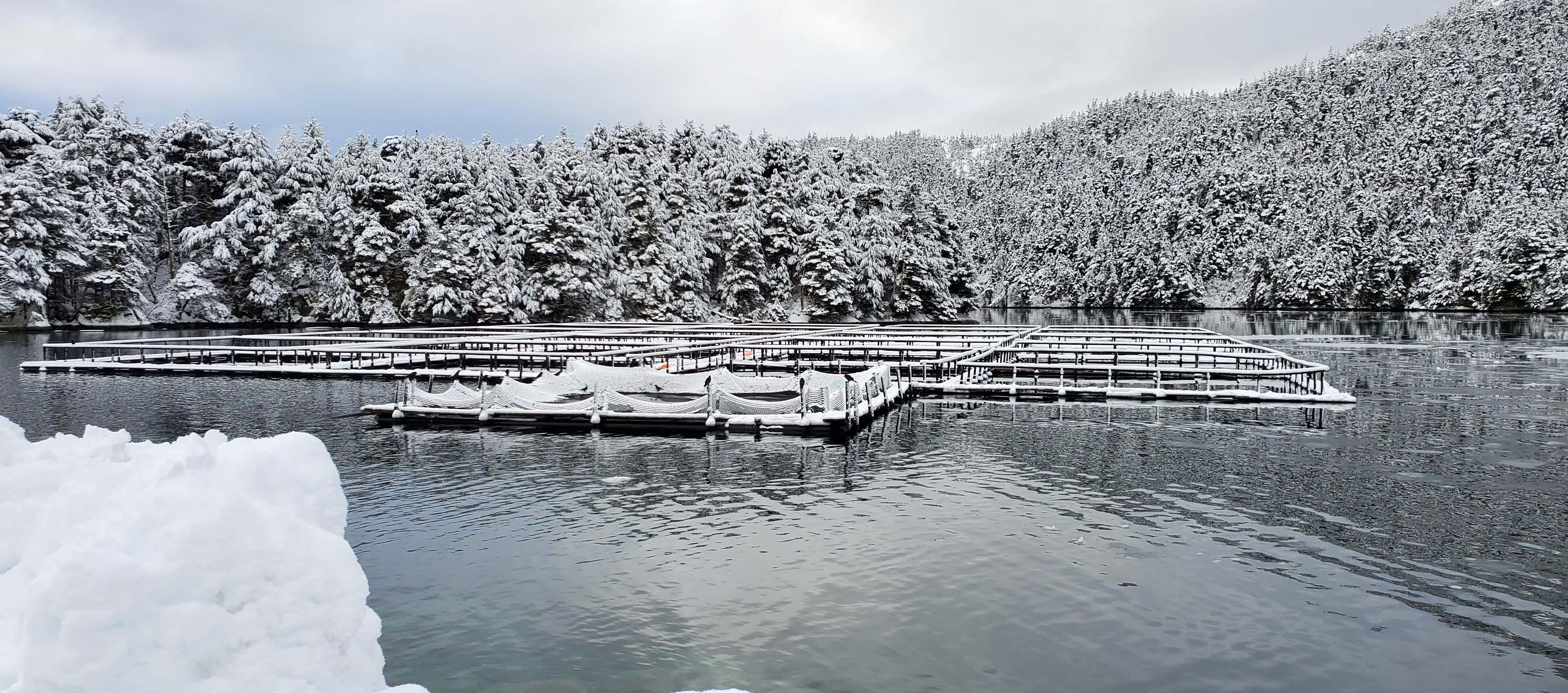OUT AND ABOUT
Evaluation of suppliers within the
Aquaculture Industry
Global analyses on aquaculture growth have omitted the importance of professionalization within the industry supply chains. Global aquaculture is supported, to a large extent, by micro- and small scale suppliers which would not pass any “competency� test in more developed industries, although aquaculture is expected to continue evolving in this direction.
By: Salvador Meza *
I
ndustrial aquaculture is a relatively new activity with a history of no more than 70 years, so its supply chains are often still incipient. Production technologies have been gradually developed based on trial and error in the first farms and in some research centers as several species began to be domesticated for aquaculture production. As a result of these activities certain cultivation practices were established and began to demand products and services that did not exist. In this way the supply availability for aquaculture grew, from the adaptation of existing equipment and products (many of which were used in agricultural and environmental practices, especially in water quality evaluation) such as measuring equipment for oxygen, temperature, salinity, ammonia, nitrites and nitrates, etc. 52 Âť
When it was understood that aquaculture had significant future growth potential, new companies emerged and began to develop, in addition to equipment, new services and products that could meet the demand for technology that aquaculture farmers needed for their own growth. Many of these companies were founded by aquaculturists who had succeeded in designing and solving technological challenges on their own farms. Later on, other companies from the livestock sector began to detect business opportunities in the aquaculture industry, and started to adapt some of their products such as: antibiotics, probiotics, growth promoters, enzymes, vitamins, amino acids, etc. All of these focused on the nutritional development and health status of aquaculture species. Step by step they were defining the management plans of these inputs
within the crop cycles of each species. And new aquaculture areas were born within multinational animal health companies that were already supplying the pig and chicken production industries. Afterwards, other new companies arose from the initiative of technicians and scientists who, working in research centers and universities, developed products to optimize aquaculture production and decided to launch their own businesses to scale this production at an industrial level. Other suppliers from other industries also saw opportunities in aquaculture and gradually developed adaptations for products like: water pumps, fish and shrimp pumps, filters, heaters, chillers, tanks, aquariums, feeders and even complete water recirculation systems. As a result of this growth trajectory of suppliers, there is now an important number of companies







